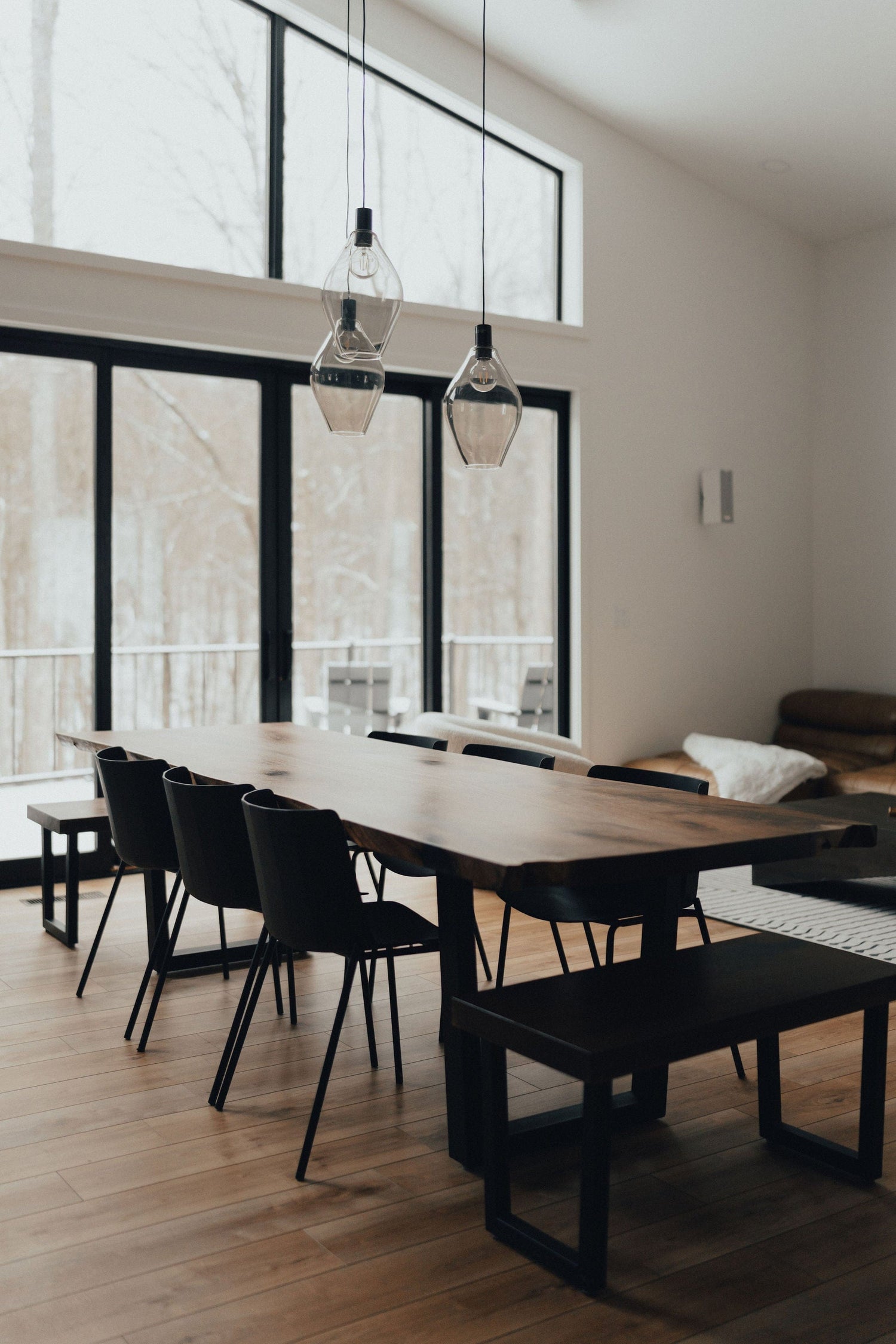Transform Your Dining Space with Stylish Dining Room Table Legs
Transform Your Dining Space with Stylish Dining Room Table Legs
Blog Article
From Traditional to Modern: Find the Perfect Dining Room Table Legs for Your Style
While traditional layouts such as cabriole and turned legs stimulate a sense of classic class, contemporary designs like hairpin and geometric choices provide a possibility for striking aesthetic rate of interest. As you think about these components, the inquiry continues to be: exactly how can you effortlessly integrate these diverse leg styles to create an unified dining experience?
Recognizing Table Leg Styles
The range of dining-room table leg styles can substantially influence both the looks and performance of the space. Each leg style adds one-of-a-kind sensible attributes and aesthetic components, accommodating diverse layout preferences and usage requirements. Recognizing these designs is critical for choosing the best table that straightens with your total indoor style vision.
For example, tapered legs provide a tidy, traditional look that can enhance a room's sophistication, while pedestal bases give stability and maximize legroom, making them excellent for smaller areas. Hairpin legs, a hallmark of mid-century modern layout, introduce an industrial panache, enabling for a ventilated, open feeling. Trestle legs evoke rustic appeal, providing robust support and a feeling of timelessness.
Wood legs can bring warmth and appearance, whereas steel options commonly convey a smooth, modern ambiance. Ultimately, comprehending table leg designs is important for producing a cohesive dining area that reflects personal design while making sure functionality and comfort.
Typical Table Leg Options
When picking eating area table legs, conventional choices usually embody classic elegance and workmanship. These layouts reflect a rich heritage and a dedication to top quality, making them suitable for those who appreciate classic aesthetic appeals.
Among one of the most renowned conventional leg styles is the cabriole leg, defined by its stylish bent shape. This design frequently includes attractive carvings and is most generally found in Queen Anne and Chippendale furniture. An additional prominent option is the turned leg, which boasts a series of smooth, rounded forms that supply a traditional appearance while maintaining security.
Moreover, the straight leg, while basic, offers a basic and strong framework that can mix seamlessly with a selection of tabletop designs. For those drawn to ornate detailing, claw-and-ball feet legs stimulate a feeling of majesty and can work as a sensational centerpiece in any type of dining room.
Last but not least, stand bases, although not strictly legs, offer an alternative conventional option that enables adequate legroom and can be magnificently sculpted. Each of these conventional leg styles adds to the total setting of a dining room, weding function with aesthetic allure.

Modern Table Leg Designs
Modern table leg styles offer a diverse variety of designs that highlight clean lines and cutting-edge materials. These layouts frequently prioritize functionality while functioning as striking centerpieces within an eating space. Minimalist looks prevail, with legs crafted from products such as steel, glass, and crafted wood, which contribute to a airy and contemporary feeling.
One prominent design is the hairpin leg, characterized by its slim, tapered structure that offers security without overwhelming the table top (dining room table legs). This design is usually found in mid-century modern-day furniture and can easily complement numerous table forms. Another pattern is using geometric forms, where legs might handle unbalanced or angular types, including visual interest and a touch of creativity

Blending Designs for Unique Areas
Frequently, home owners look for to produce special dining spaces that mirror their individual style by blending various design aspects. This approach permits for the consolidation of varied aesthetic appeals, causing an unified yet distinctive atmosphere. Combining a rustic wood table with smooth, contemporary steel legs can produce an eye-catching contrast that raises original site the area's overall appeal.
In addition, integrating vintage table legs with contemporary table tops can evoke a feeling of background while maintaining a modern-day sensibility. Such mixes not only display individual preference yet likewise encourage creative thinking, permitting house owners to curate a space that feels both individual and inviting.
Color plays a crucial function in this mixing process; picking table legs that match or contrast with the existing color scheme can improve visual passion. For instance, whitewashed legs can soften the daring of a dark table surface, developing a well balanced visual.
Tips for Picking the Right Legs
Selecting index the right table legs is necessary for achieving both performance and visual allure in your dining area. Begin by considering the general design of your area. Standard settings take advantage of legs that include detailed carvings or turned designs, while contemporary areas may call for sleek, minimalist designs.
Next, examine the elevation and stability of the legs. dining room table legs. Conventional eating tables vary in between 28 to 30 inches in height, so make sure the legs complement this measurement for comfort. In addition, robust materials, such as wood or metal, can boost stability and durability
Assess the leg form too-- choices consist of directly, tapered, or pedestal styles. Straight legs use a timeless appearance, while conical legs can add a touch of elegance. Pedestal bases offer sufficient legroom and are optimal for smaller rooms.
Conclusion
In summary, choosing the optimal dining room table legs calls for careful consideration of both contemporary and traditional styles. By harmonizing leg style, height, and product with the total decoration, a natural and inviting atmosphere can be attained.
The range of dining space table leg designs can considerably influence both the aesthetic appeals and functionality of the area. Inevitably, recognizing table leg designs is vital for developing a natural dining area that shows personal design while ensuring usefulness and comfort.One of the most iconic typical useful link leg styles is the cabriole leg, defined by its elegant curved shape. Straight legs provide a classic look, while tapered legs can include a touch of beauty.In recap, selecting the perfect dining space table legs needs mindful consideration of both contemporary and traditional designs.
Report this page